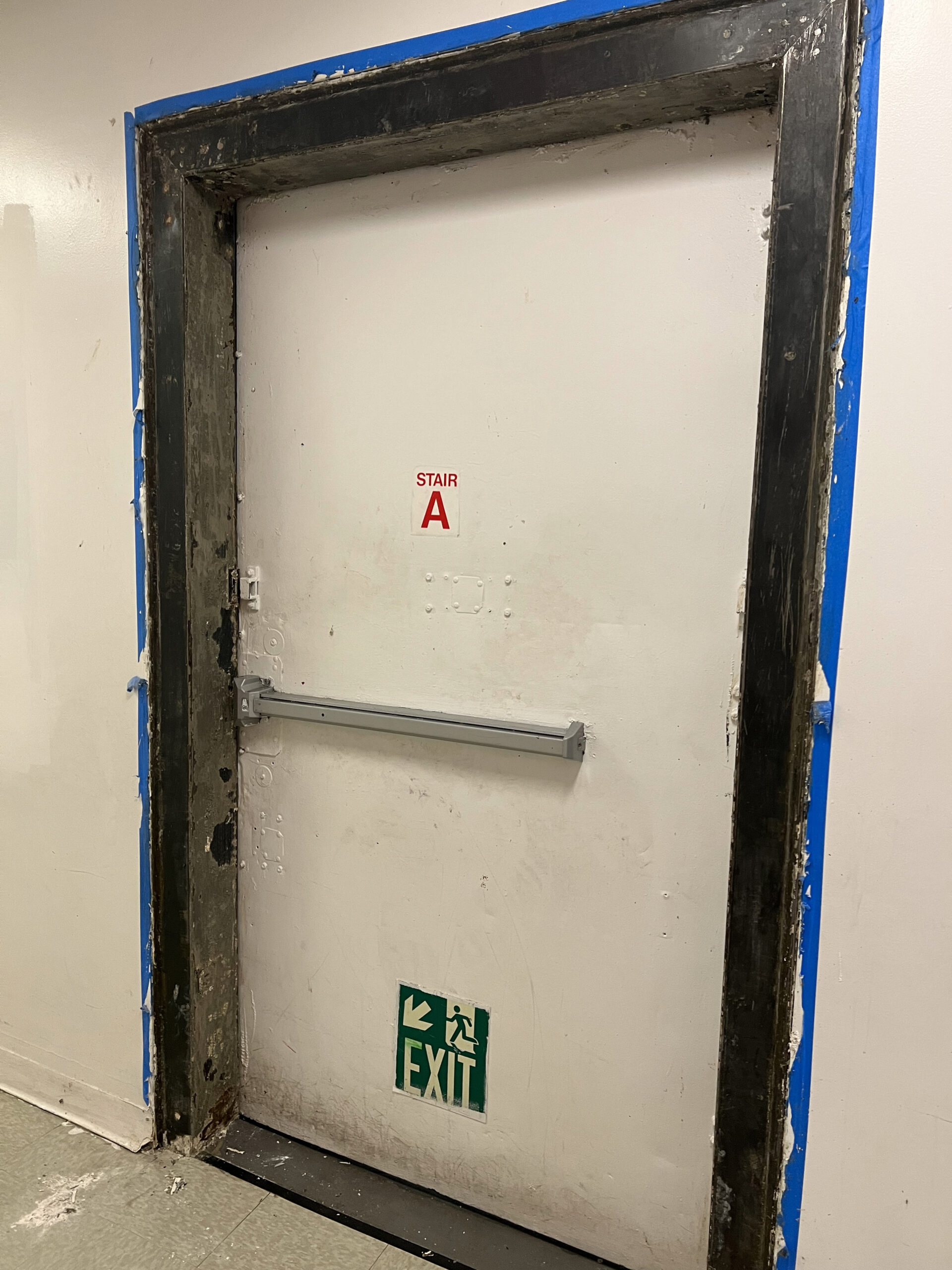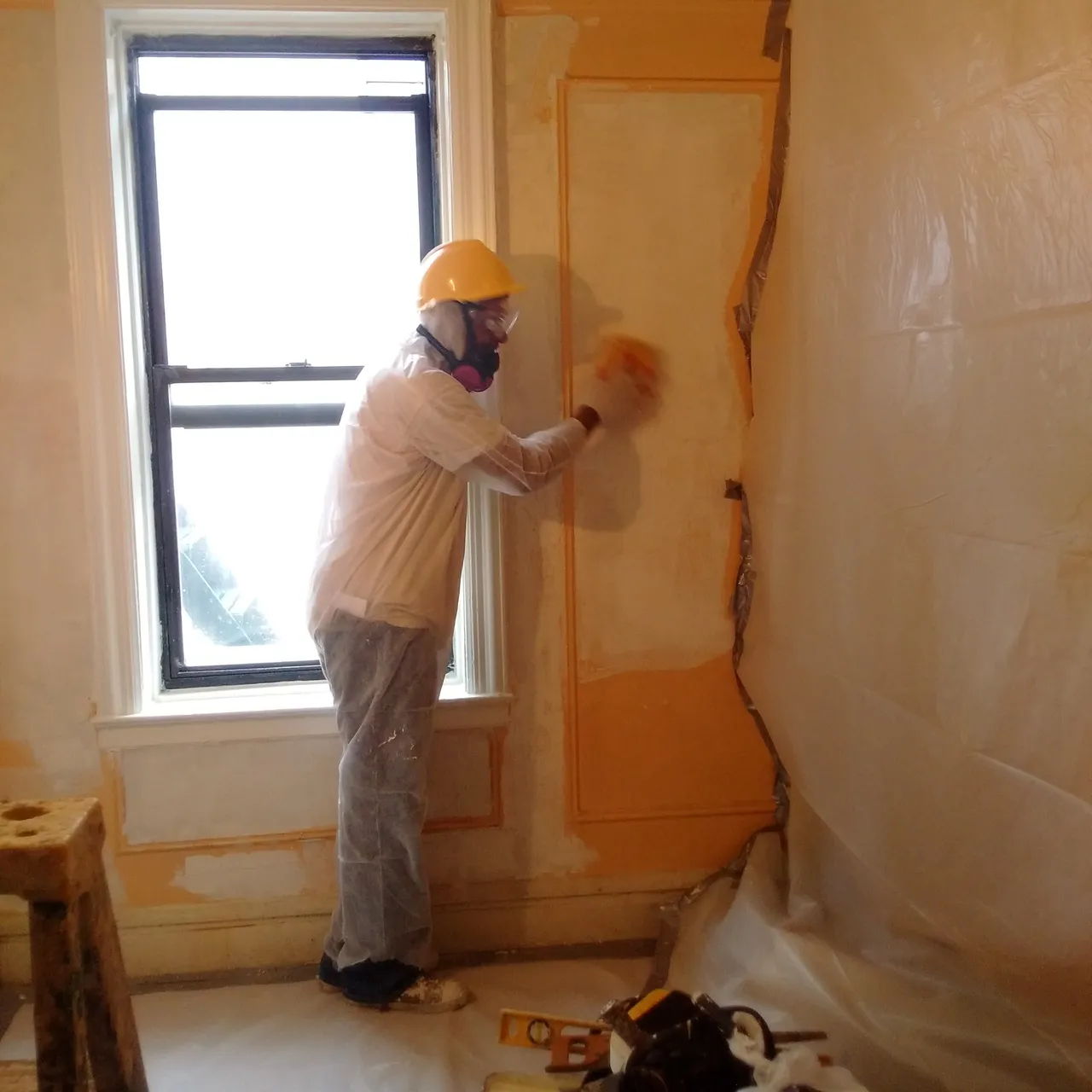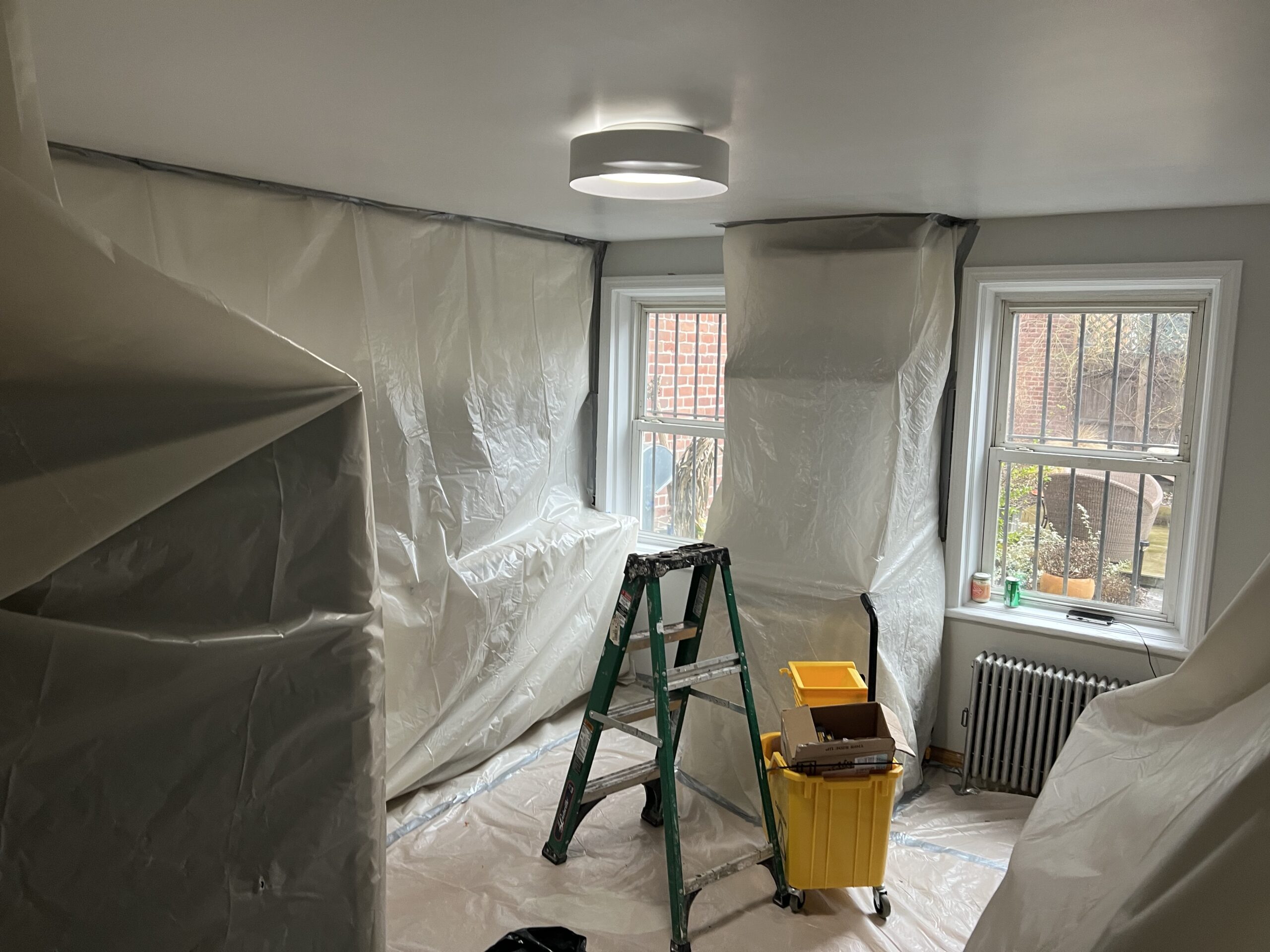Ideal Practices for Ensuring Safe and Thorough Lead Offense Reduction
Dealing with lead infraction abatement calls for a multi-faceted strategy to ensure both safety and security and conformity. It's the last clearance procedure, involving comprehensive assessments and laboratory screening, that truly verifies a lead-free atmosphere, guaranteeing long-term security. Exactly how do these techniques interconnect to assure extensive lead reduction?

Initial Analysis
Performing a first evaluation is a crucial initial action in lead violation reduction. This stage incorporates an in-depth examination of the residential property to recognize the existence, degree, and particular locations of lead-based risks. Qualified specialists, such as qualified lead assessors or run the risk of assessors, ought to execute a comprehensive site assessment, utilizing devices like X-ray fluorescence (XRF) analyzers to accurately spot and gauge lead focus in paint, dirt, dirt, and water.
The assessment has to also consist of an evaluation of the structure's history, previous reports, and any type of complaints or health and wellness problems reported by passengers - Lead Removal Contractors. Recording the searchings for carefully is crucial, as these records develop the basis for establishing an efficient reduction approach. A detailed analysis likewise includes tasting and lab evaluation, which are critical to verify the visibility of lead and overview subsequent actions
In addition, it is critical to interact the outcomes transparently to all stakeholders, including home proprietors, lessees, and governing authorities. By guaranteeing that the first analysis is carried out with precision and roughness, specialists can lay a solid foundation for a targeted and effective lead abatement procedure, inevitably protecting public health and wellness and ensuring compliance with governing requirements.
Proper Containment
Appropriate containment is crucial to protect against the spread of lead impurities throughout abatement tasks. Successfully taking care of containment decreases the risk of lead dust and debris moving to non-work locations, therefore safeguarding both the atmosphere and individuals outside the prompt job zone.

Routine assessments of the control location are needed to inspect for violations or weaknesses in the obstacle. Any identified issues need to be immediately addressed to maintain the integrity of the control. By adhering to these practices, abatement jobs can successfully control lead contamination and alleviate affiliated health dangers.
Worker Defense
Making sure employee protection is paramount throughout lead abatement projects to protect against work-related exposure to hazardous lead fragments. Vital actions include using individual protective devices (PPE) such as respirators, handwear covers, and full-body suits particularly designed to obstruct lead dirt and fumes. Workers should undergo thorough training on the correct use and upkeep of PPE, consisting of in shape screening for respirators to make certain optimum efficacy.
Engineering controls, such as regional exhaust ventilation systems, are important in reducing airborne lead focus in the work atmosphere. Administrative controls must additionally be executed, including limiting the duration of exposure and turning employees to reduce individual exposure times. Normal clinical monitoring and biological monitoring are vital for early discovery of lead absorption, making it possible for prompt intervention and therapy.
Moreover, developing a decontamination protocol is vital. Employees must adhere to strict decontamination treatments before breaks and at the end of their change to avoid lead dirt from being brought outside the work area. This consists of extensive hand and description face washing with lead-specific cleaner and altering out of polluted clothes.
Careful Cleanup
Maintaining a safe workplace extends beyond worker find more information security and encompasses meticulous cleanup to make certain lead bits are completely eliminated from the website. The procedure of careful cleaning is vital in stopping the recontamination of the mellowed out area and guarding both present and future residents.
To attain an extensive clean-up, all workplace should be methodically sanitized. This entails making use of specialized HEPA (High-Efficiency Particulate Air) vacuum and wet-wiping methods to record and eliminate great lead dirt that might have worked out on surface areas. It is important to cleanse all straight surface areas, including floorings, home window sills, and countertops, as well as upright surface areas that might have entraped lead bits.
Workers must use proper personal protective devices (PPE) during cleaning to avoid direct exposure to recurring lead dirt. Made use of cleaning products such as wipes, sponges, and wipe heads ought to be dealt with in accordance with contaminated materials disposal laws.

Final Clearance
Last clearance is the vital concluding stage of lead abatement that identifies whether the site is risk-free for reoccupation. This essential step involves comprehensive inspection and screening to verify that all lead hazards have been effectively removed. The procedure starts with a visual evaluation by a qualified lead-based paint examiner or danger assessor to ensure no visible dirt or debris remains. This is adhered to by gathering dirt wipe samples from various surface areas, including floors, windowsills, and other straight surface areas. Lead Removal Contractors.

Final clearance screening not only safeguards future occupants however likewise makes certain conformity with regional, state, and federal guidelines. In addition, it acts as a documented recognition of the reduction contractor's adherence to industry ideal methods. Ensuring a complete and effective final clearance is necessary in guarding public wellness and promoting count on the abatement procedure.
Verdict
Making certain safe and complete lead violation reduction demands a multifaceted strategy incorporating first assessments with sophisticated detection techniques, reliable control methods, stringent worker defense methods, and careful cleaning treatments. The last clearance phase, including in-depth evaluations and laboratory testing, is critical to confirm conformity with EPA criteria. Adherence to these finest techniques assures a safe environment for passengers, reduces wellness risks, and maintains governing needs, thereby promoting public wellness and safety in lead-affected locations.